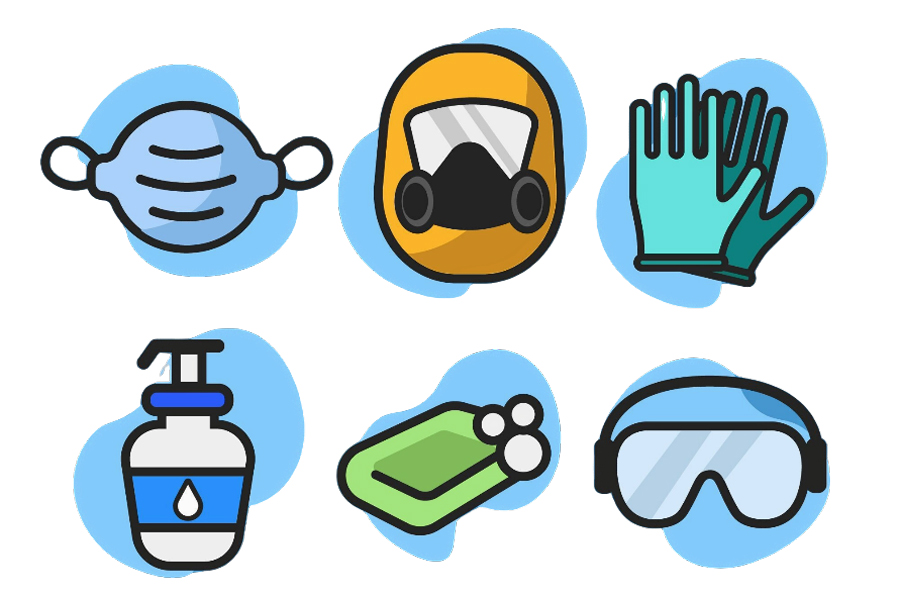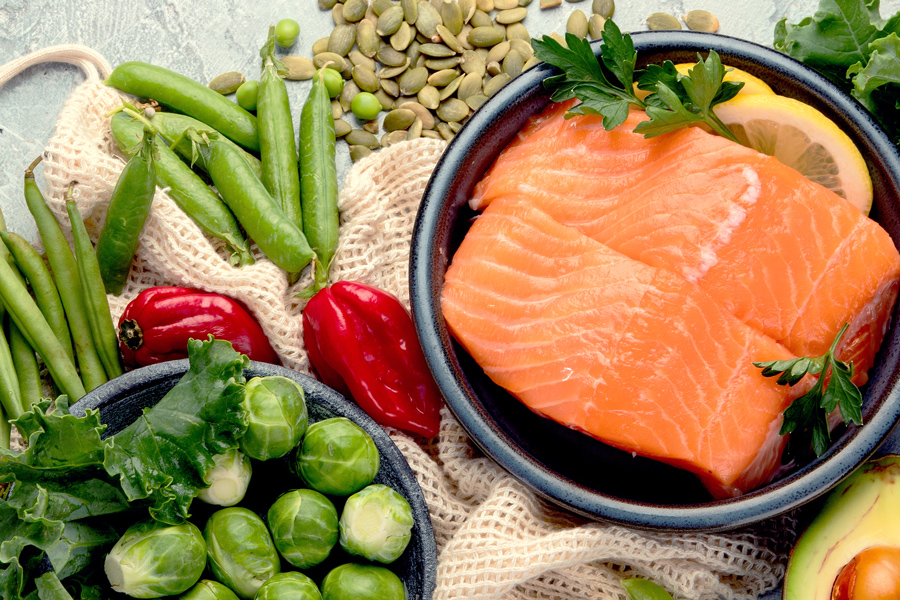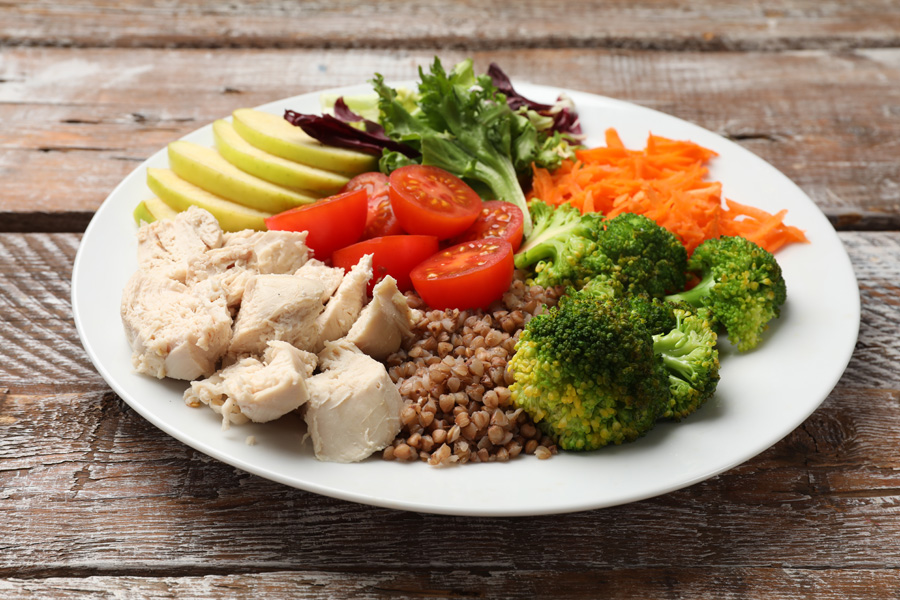Controlling and Preventing Disease
-
 New
NewWhen you have diabetes, aside from meal planning, knowing how to cook your food can make a big difference in how enjoyable and sustainable your meals are. This resource covers planning and prepare delicious meals that meet the recommendations of the ADA’s Diabetes Plate method.
Katelyn Miller, Ariathni Powell, Allison Eaddy, Maria Rossi, and Michelle A Parisi
|
-

Believe it or not, a small tweak in your favorite recipe could help lower your risk of health problems. Start small, such as by reducing saturated fat, salt, or added sugar, or increasing fiber when cooking. These small changes can add up to big health benefits. This resource has tips on how to start revitalizing your recipes to fit your diabetes meal planning.
Hsuan-Mein Yang, Maria Rossi, and Michelle A Parisi
|
-
 New
NewWhen you have diabetes, managing your diet is a key part of managing your diabetes, but it doesn’t have to be complicated. Choosing balanced, nutrient-rich meals is key to managing diabetes and promoting long-term wellness. Plan meals around the core principles explained in this resource, which emphasize balance, variety, and nutrient quality.
Michelle A Parisi, Nancy Adams, Brad Averill, and Maria Rossi
|
-

If your home is affected by a flood or other water-related disaster, fabric and clothing can become contaminated by floodwater, airborne mildew, or sanitation system failure. This guide provides steps to safely clean salvageable clothing and fabric items in order to save money, reduce waste, and keep people safe.
Elizabeth Anne Weigle
|
-

C 1345
Nutrition and Immunity
Your immune system is a complex network of cells and organs whose job it is to ward off “invaders” like viruses and bacteria. Learn about the role of nutrition in immunity and what you can do to support your immune system.
Ali Berg
|
-

C 1323-06
Diabetes Plate Method
The Diabetes Plate Method is an approach to creating a healthy eating pattern, and it may be used alone or in combination with other tools to help you meet your nutrition and health goals. Research has shown that the Diabetes Plate Method can help people with diabetes lower their A1c, which improves blood glucose management.
Beth Kindamo and Ali Berg
|
-

C 1323-07
Modifying Recipes for Healthier Results
Eating healthier doesn’t have to mean giving up your favorite recipes. Some special recipes served only on occasion may be better left alone, like your grandmother’s special coconut cake. Recipes you make more often might be worth modifying to make them healthier and aligned with your current health goals.
Christa Anderson Campbell, Beth Kindamo, and Ali Berg
|
-

The Nutrition Facts label is a useful tool for making healthier food choices. The label makes it easier to compare products and tells you the nutritional content of the food based on a standard serving size. Our bodies need fat to survive. Fat helps regulate body temperature, protects our organs, makes hormones, and helps our body absorb essential vitamins. People with diabetes should choose foods lower in saturated and trans fat.
Beth Kindamo, Susan L Moore, and Ali Berg
|
-

The body needs sodium, but consuming too much over time can increase blood pressure. Having higher blood pressure increases your risk for heart attack, stroke, and kidney disease. For people with diabetes, high blood pressure can increase the risk of complications from diabetes.
Beth Kindamo and Ali Berg
|